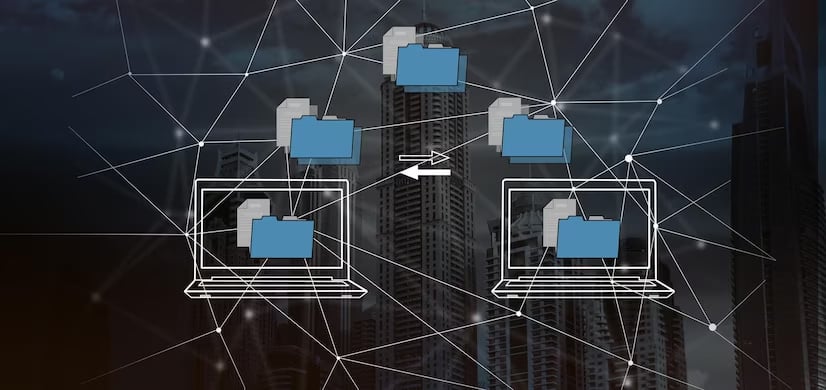What is Data Replication?
One of the biggest challenges that most organizations face today is ensuring the high availability and accessibility of data over the complex set of networks they have in place. Having around-the-clock and real-time access to crucial business data can help organizations carry out processes seamlessly and maintain a steady revenue flow. Thus, organizations need to scale their systems and provide support for accessing data seamlessly. Data replication is one such technique.
What is Data Replication?
Data replication is the process of copying or updating data from one location to another, often in real-time or near real-time. It can be homogeneous, between identical technologies, or heterogeneous, between different technologies. The goal of data replication is business continuity – to ensure that data is readily available for the multiple users (and use cases) who require it.
For example, data can be copied from on-premises systems to cloud-based environments to support near real-time analytics. Data can also be copied between operational systems to support uninterrupted operation and recovery of mission-critical and customer-facing applications and data in the event of a data breach or system outage.

Why choose Data Replication?
The demand for data availability and protection is greater than ever. For data-driven organizations, the key foundational element is data availability, which highlights the need for data replication. Snapshot backups are relatively inexpensive and give your organization some protection against losing data, but backups can be slow to recover from and may not offer the granularity the organization needs for a full recovery. Data replication is the better technology that answers today’s needs:
- Rapidly evolving demands for IT modernization
- Digital transformation
- An always-on business experience
How does it work?
Data replication is a technique that involves the copying, transferring, or integration of a partial or complete copy of a database to a receiving database. This is known as partial or full replication, respectively. It can either happen once or it can be a continuous process. The result is one or more distributed databases, where users have access to the same information across all database nodes.
It works like this:
- A distributed database management system (DDBMS) replicates and distributes (or “syncs”) data from one database to one or more receiving databases.
- The DDBMS ensures changes made to data in the original database reflect changes in the replicated database(s).
- The DDBMS shares the replicated database(s) over one or more physical machines.
- The result is one or more distributed databases.
- Users access the same information from the distributed database as the original database.
Note that, in a data replication context:
- The original database is called the “Publisher.”
- The replicated database is called the “Subscriber.”
Change Data Capture (CDC), which typically takes place during data replication, identifies and captures changes made to a database. Users then apply these changes to a new data repository or a data integration tool like Extract, Transform, Load (ETL).
Benefits of Data Replication
There are a few benefits:
- It allows users to have access to in-sync data across diverse geographical locations, including the ones closest to them.
- It improves read performance by allowing for multiple systems of access, relieving the strain on a single system.
- It makes data more reliable, durable, and data systems more resilient.
- It improves disaster recovery of data as multiple copies of the data can be made and stored in different locations, including across different cloud platforms.
- It also makes it easier to enable analytics use cases since data can be loaded into an analytics platform without impacting the performance or reliability of the source of the data.

Types of Data Replication
Organizations often put in place data replication in Oracle, data replication in SQL Server, or data replication in MySQL strategies to mitigate downtime risk.
Common types of data replication include:
- Snapshot replication – Like a picture, this is a single point-in-time replication
- Transactional replication – You get a full copy of the data and are continually sent updates every time they happen, in the order they happen, in real-time
- Merge or heterogeneous replication – This type of replication happens when two or more data sources are combined into one singular source
What are common data replication implementation challenges?
Maintaining data across multiple instances requires a consistent set of resources. The cost of having a primary with multiple replica instances can be quite high in many instances. Maintaining these operations and ensuring that no system failures occur requires a dedicated team of experts. And depending on the architecture, the network bandwidth could get overloaded when new processes are put in place, which could affect latencies, reads, and writes.
Conclusion
Data replication holds great promise for organizations. By replicating data to multiple instances, they can ensure data availability and improved performance, as well as internal “insurance” in case of a disaster. This page covers the basics for any business or data engineer getting started with data replication: the variations, schemes, and techniques, as well as more advanced content for monitoring the process to gain observability and reduce potential risk.